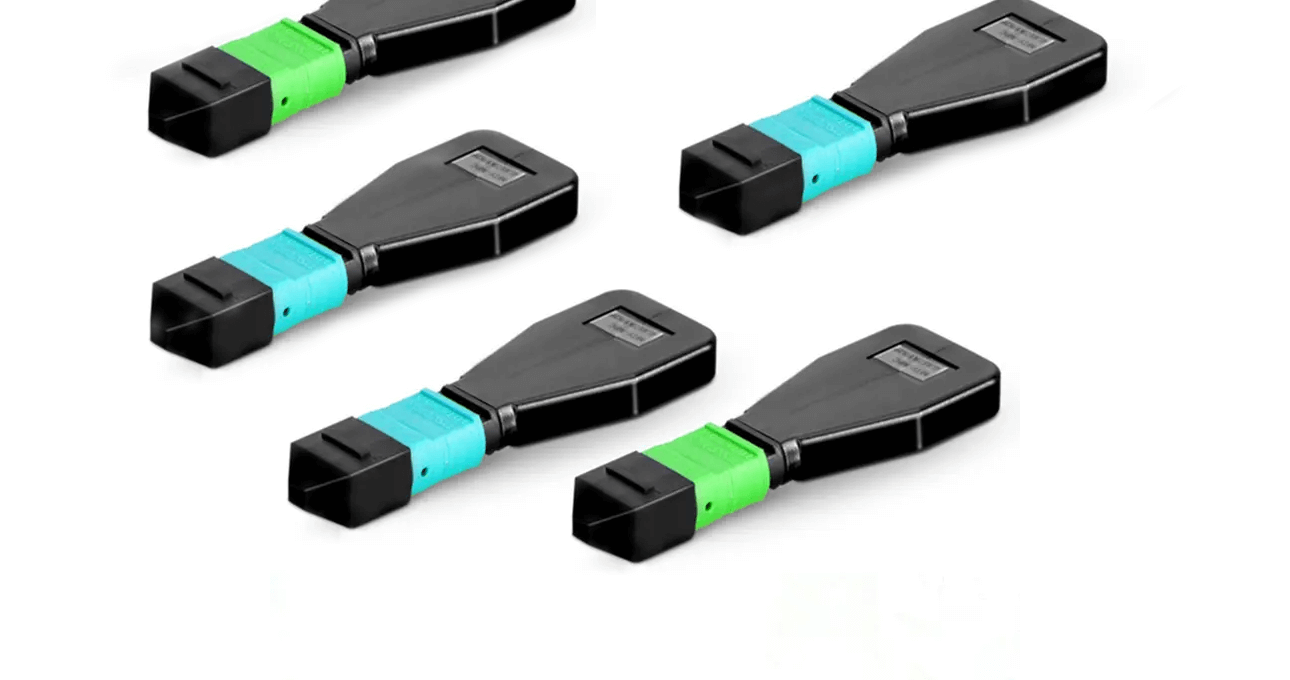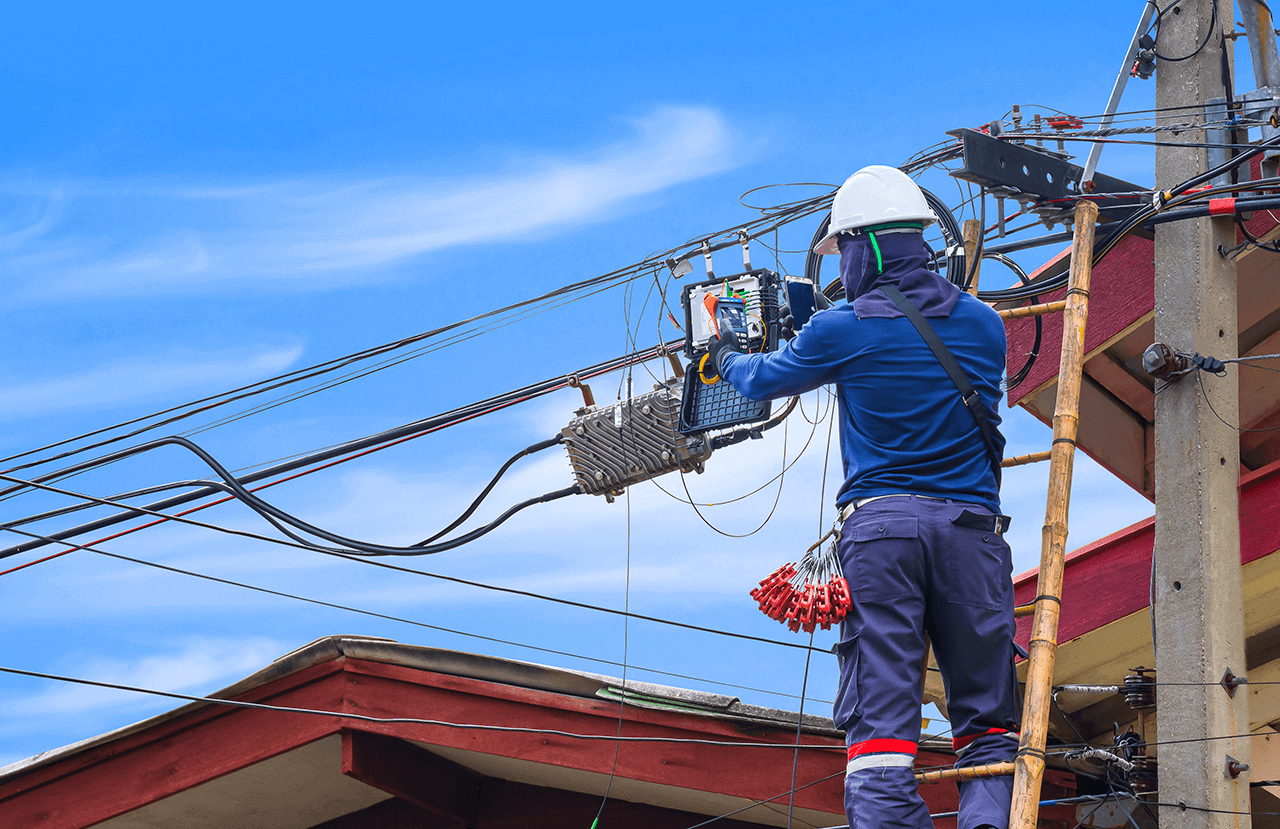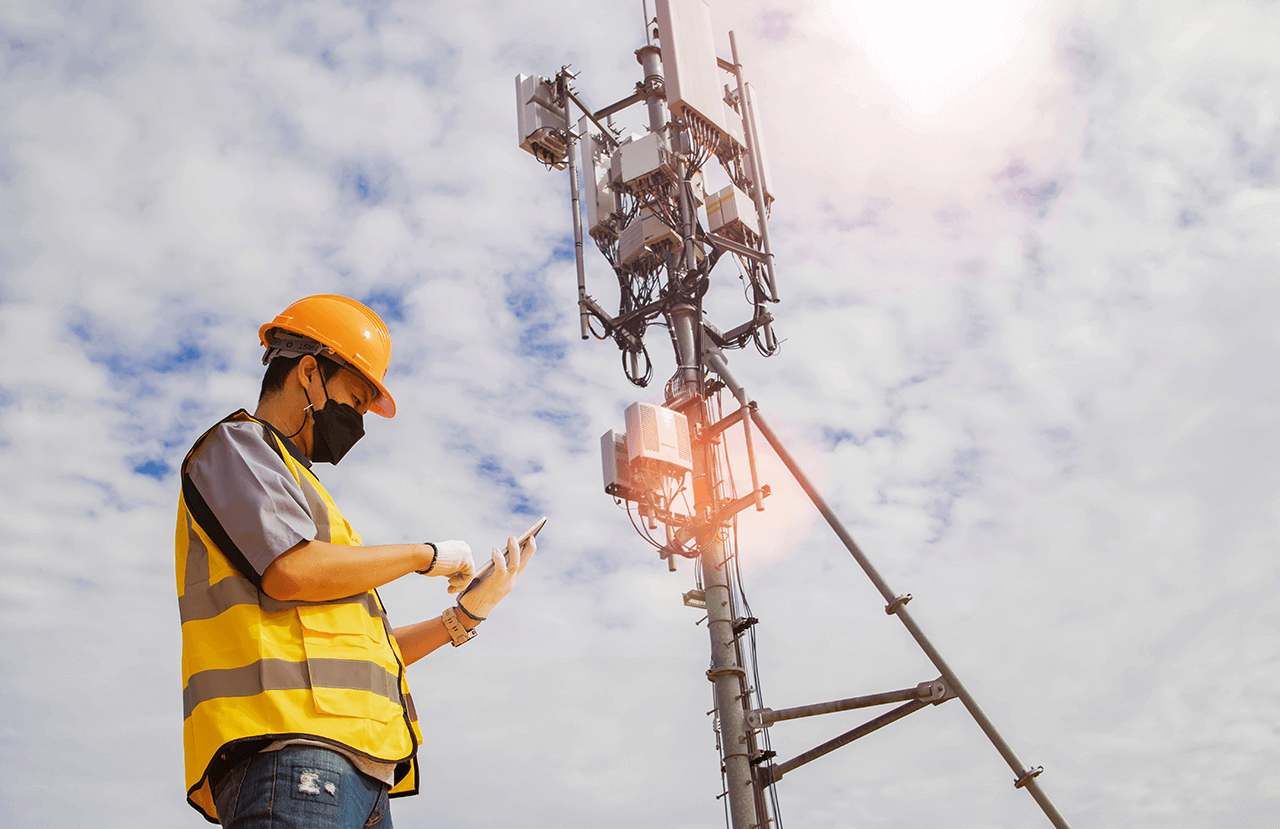
China fiber optic Factory
Fiber Optic Loopbacks
Fiber looppack cables and plugs Manufacturer, Direct Sales from Factory

DATA CENTER CABLING

fiber to the home

fiber to the antenna
Performing Loopback Test With Fluke Versiv CertiFiber Pro OLTS
Fiber Optic Loopback Modules for Multimode and Singlemode Testing of LC and SC
loopbacking on a port – How to
Fiber optic loopback is a powerful testing method that allows for the evaluation of the performance of a fiber optic link without the need for a second device. It is useful for identifying and diagnosing issues, as well as verifying that a link is working properly before it is put into service. Fiber optic loopback testing is essential for maintaining and troubleshooting fiber optic networks.
A fiber optic loopback cable is a cable that connects the transmit port of a device to its receive port, allowing the device to send and receive data to and from itself. This is useful for testing and troubleshooting the device, as well as for simulating network connections.
A fiber optic loopback plug is a small device that can be inserted into the port of a device to achieve the same effect as a loopback cable. It typically consists of a small housing that contains a connector on one end and a short length of fiber optic cable on the other end. This device is also used for testing and troubleshooting.
Huihongfiber is a professional and reliable manufacturer of fiber optic loopback cables and plugs. With a wide range of high-quality products and competitive prices, the company is well-suited to meet the needs of customers in a variety of industries. Whether you’re looking for solutions for your home network or your enterprise-level network, Huihongfiber has you covered.
Fiber optic loopback is a testing method used in telecommunications to evaluate the performance of a fiber optic link. It involves connecting the transmission end of a fiber optic cable to its receiving end, creating a loop. This loop allows data to be transmitted from one end of the cable to the other and then received back at the original end.
The main purpose of using a fiber optic loopback is to test the transmission and reception capabilities of a fiber optic link without the need for a second device on the other end. This method is particularly useful for testing long distance fiber optic links, where it may not be practical or cost-effective to have a second device located at the far end of the link.
There are two main types of fiber optic loopbacks: internal and external. An internal loopback is performed by connecting the transmit and receive ports within a device, such as a transceiver or multiplexer. An external loopback is performed by connecting the two ends of a fiber optic cable together, usually with the use of a loopback adapter.
When performing a fiber optic loopback test, various parameters can be measured to evaluate the performance of the link. These include signal attenuation, insertion loss, and return loss. Attenuation measures the amount of loss in the signal as it travels through the fiber optic link. Insertion loss measures the loss that occurs when a device is inserted into the link, such as a loopback adapter. Return loss measures the amount of reflected light that is sent back to the transmitter.
Fiber optic loopback testing is a crucial step in maintaining and troubleshooting fiber optic networks. It can help identify and diagnose issues such as faulty equipment, poor connections, or high levels of attenuation. Additionally, it can be used to verify that a link is working properly before it is put into service.
Thank you for your inquiry
Data centers rely heavily on fiber optic networks for high-speed data transmission and communication. In order to ensure that these networks are functioning properly, fiber optic loopback testing is often used. A fiber optic loopback test is a diagnostic tool that helps identify problems with transceiver modules. The test involves using a loopback cable, which connects the transmitter port and the receiver port of a transceiver module. The cable sends the laser signal from the transmitter port back to the receiver port, allowing the signal to be compared to the original transmission. If the signal is identical, it indicates that the transceiver is working properly. Fiber optic loopback cables come in various types, including SC, LC, MTRJ, E2000, and MPO/MTP. The type of connector used will depend on the type of transceiver module being tested. For example, LC fiber optic loopback cables have a low insertion loss and high precision alignment, making them a popular choice for use in data centers. Loopback cables are available for different types of fiber optic cables, including single mode and multimode. It is important to choose the right type of loopback cable to ensure accurate results during testing.
